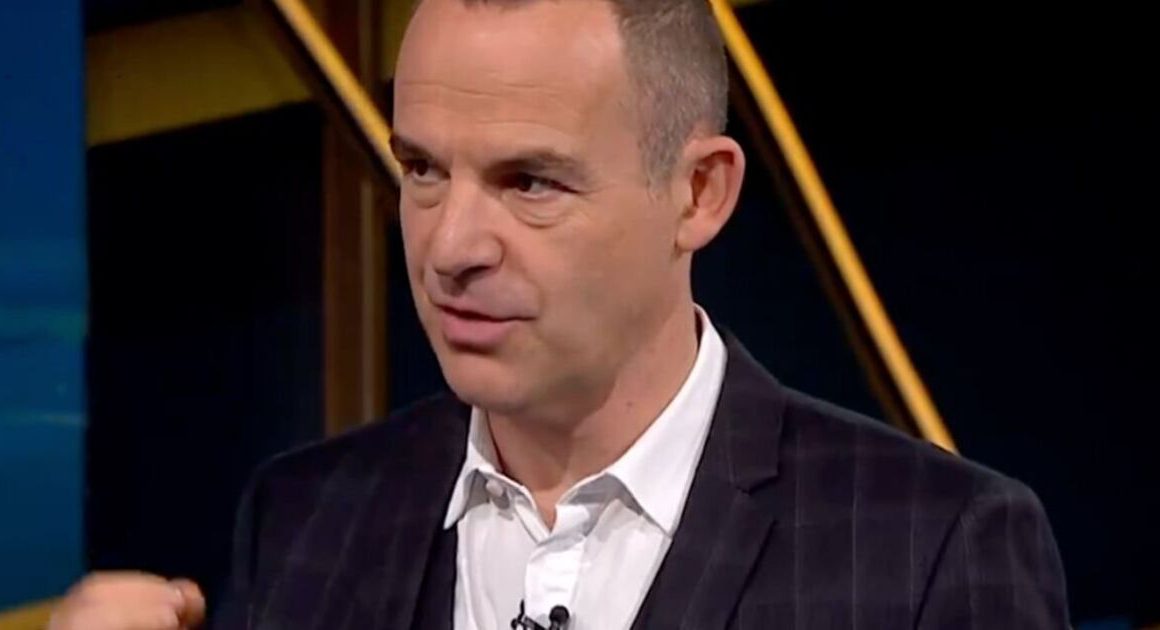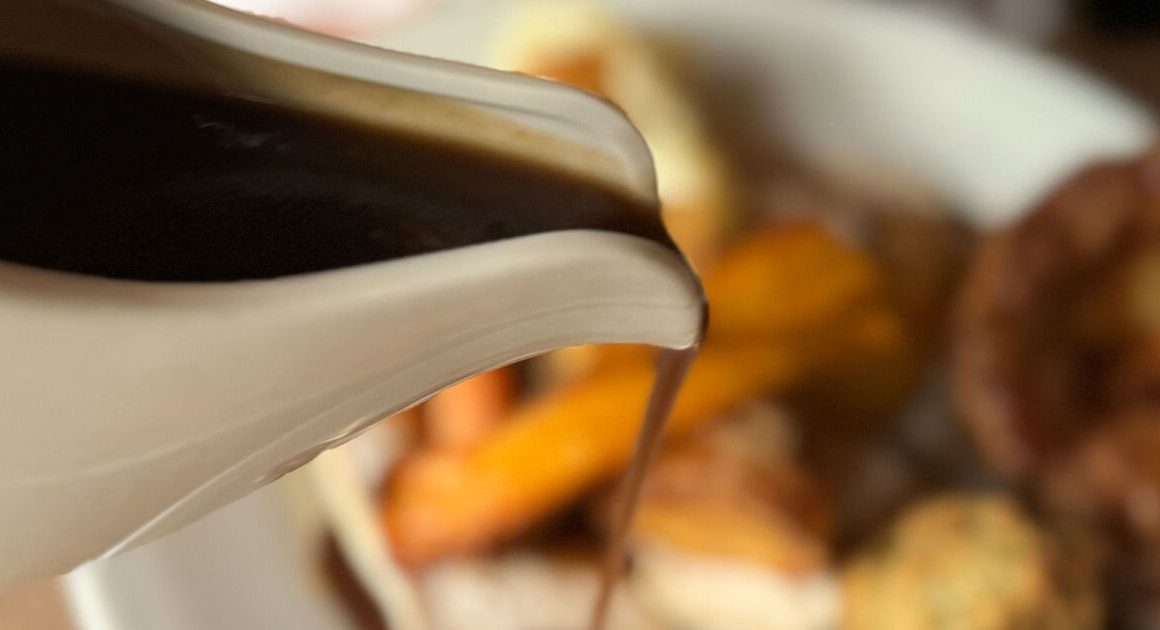By taking care of the lawn over winter, you can guarantee lovely looking grass come spring. Experts at Builder’s merchant Travis Perkins revealed the best way to keep your lawn healthy over the winter months.
“A lawn should stop growing when the temperature dips below 5C in the winter,” said the experts – and this is when you should “stop mowing the grass”.
The experts added: “Cutting the lawn less frequently and using a high mower setting is recommended leading up to this point, as grass will grow more slowly [in cold weather].”
Also avoid mowing the grass if it’s been raining, as cutting wet grass could damage the lawnmower. “The result [of cutting wet grass] will likely be an uneven cut as grass tends to clump together in these conditions,” the experts warned.
In preparation for the frosty nights and mornings, topspoil is recommended to protect the grass. The experts explained: “The many nutrients found within topsoil keeps grass healthy and allows it to fend off the harsh conditions that a cold snap brings.
“Just make sure to clear a lawn of moss and thatch before applying topsoil… a thin layer of topsoil is all that is needed.
“Once the topsoil is placed, use a rake to evenly distribute it around a lawn and then apply a little bit of water to settle it into the grass.”
It’s also key to keep on top of any fallen leaves on the lawn, which should be removed.
“Doing so not only keeps an outdoor space looking clean and tidy, but it also means that the leaves will not trap moisture or risk allowing grass to develop diseases like fusarium patch,” the experts explained.
“Use a light rake or a brush to clear away fallen leaves in a way that will not cause damage to grass that may already be feeling the cold bite of winter.”
Also keep an eye out for water puddles across the lawn, which are indicative of compacted soil. To remedy compares soil, use a garden fork or aerator to “increase the amount of drainage that a lawn has”.
And, finally, the final winter task is to “try to keep everyone off the lawn” because any damage to the grass could be long-lasting.
“Grass will not be actively growing during a cold spell, so any damage caused to it will stay until the spring,” the experts elaborated. “It is only then, once the temperatures begin to rise, that grass begins to repair itself.”











